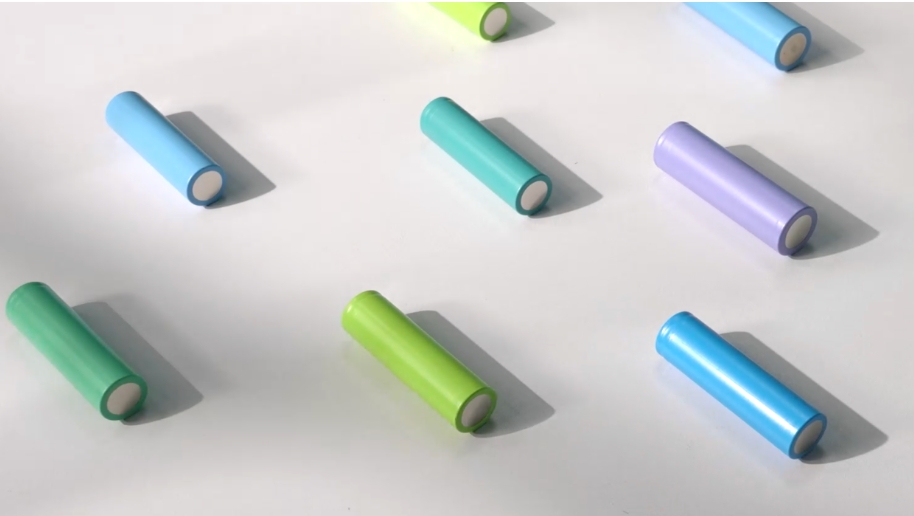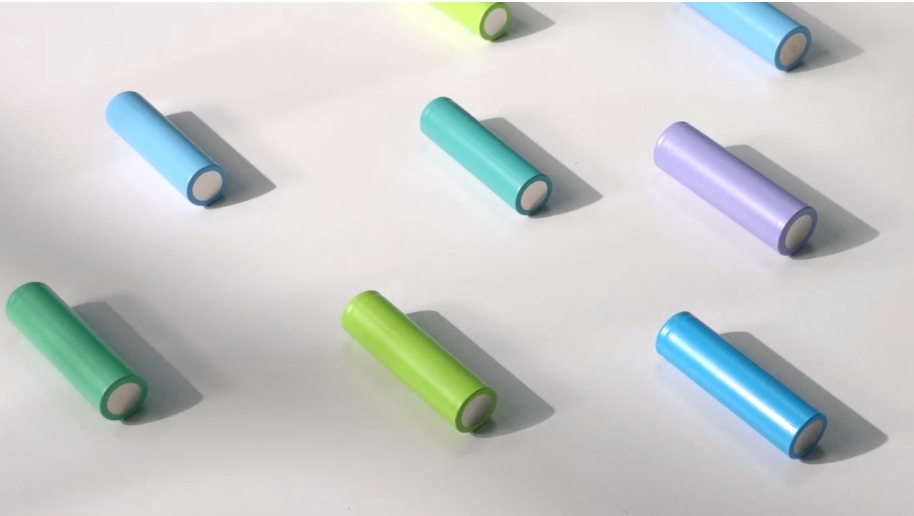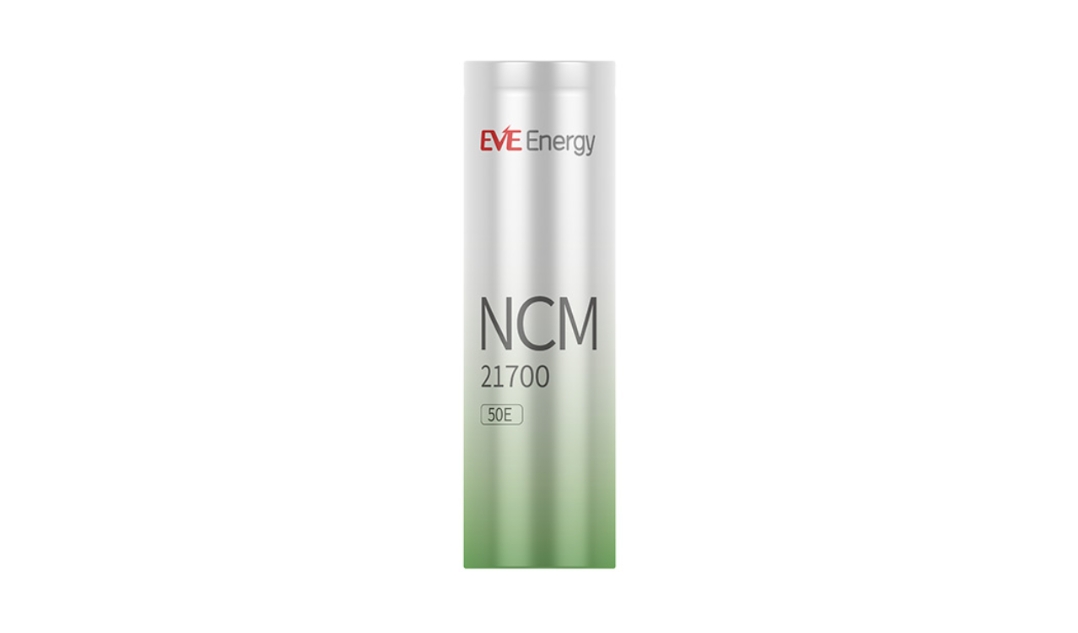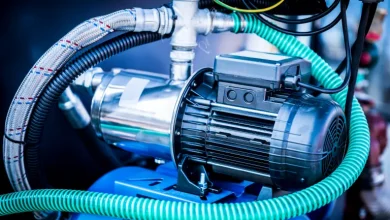Are Lithium-Ion Batteries Rechargeable? How Many Times?

Lithium-ion batteries are the backbone of today’s portable electronics, EVs, and grid-scale energy storage systems. Their lightweight design and high energy density make them indispensable across industries. While most lithium-ion batteries are rechargeable, the core questions for manufacturers and battery assemblers remain: How many times can lithium-ion batteries be recharged? And how can that number be improved?
This article unpacks the factors that influence lithium-ion rechargeable battery longevity and explores strategies to extend cycle life in real-world applications.

Common Lithium-Ion Rechargeable Battery Recharge Cycles
Before discussing cycle counts, let’s address a common question: Are all lithium-ion batteries rechargeable? In practice, the term “lithium-ion” almost exclusively refers to rechargeable technology. This rechargeable nature of lithium-ion batteries comes from the reversible movement of lithium ions between electrodes—a process known as intercalation. However, the number of times a cell can be recharged isn’t fixed. Cycle life varies widely depending on cell design, chemistry, and usage conditions.
For example, the EVE 21700 40PL cell is rated for around 400 full charge cycles, while the EVE 21700 50E cell can reach up to 1,000 cycles under standard conditions. In practice, actual cycle life may be higher or lower depending on real-world factors like depth of discharge, charge/discharge rates, and operating temperature. Understanding and managing these variables is key to extending battery life in commercial applications.
Factors Influencing Cycle Life
Usage and fundamental chemistry profoundly shape a lithium-ion battery’s lifespan. Understanding these factors is vital for extending longevity.
1. Depth of Discharge (DoD)
Deep cycling wears out electrodes quickly. Limiting discharge to 20-30% depth of discharge can stretch life from 300 full cycles to well over 2,000 partial cycles.[1] That’s because mechanical and chemical strain per cycle falls sharply. For a lithium-ion rechargeable battery, topping up recurrently instead of running it flat is the most straightforward life-extender.
2. Temperature
Batteries age fastest when hot and fail suddenly when charged cold. Cycling at 45°C doubles capacity fade vs. 25°C, while charging below 0°C encourages lithium plating and rapid loss of active lithium.[2] Pre-heating before fast charging in winter conserves cycle count.
3. Charge/Discharge Rates (C-rates)
Higher C-rates drive steeper voltage gradients and heat. Fast-charging at 3C in the cold triggers lithium plating that can cut end-of-life cycles compared with a 1C routine. An ideal rate lets a lithium-ion rechargeable battery age through the slower SEI-growth pathway instead of plating.
4. State of Charge (SoC)
Leaving cells stored at 90-100% SoC accelerates calendar aging without cycling.[3] Tests show capacity loss several times higher at high SoC and high temperature than at 50% SoC, which slows SEI growth. That habit adds quiet years to any lithium-ion rechargeable battery.
5. Battery Chemistry (LFP vs. NCM)
Chemistry sets the ceiling. LFP cells commonly surpass 3,000 cycles—and can reach 6,000—because their lower-voltage phosphate cathode is less reactive and thermally stable.[4] Meanwhile, NCM variants average 1,000-2,000 cycles. Picking LFP can extend the practical life of a lithium-ion rechargeable battery where weight and extreme cold are not the main concern.

Optimizing Rechargeability for Manufacturers & Assemblers
Beyond understanding the influencing factors, proactively engineering for longevity is where manufacturers and assemblers can make the biggest impact. This involves focusing on the following areas:
1. Battery Management System
A BMS tracks voltage, current, and temperature and balances cells that drift so that no unit is laden. Designers should pick chips or modules with tight thermal accuracy and cell-voltage error, plus redundancy for signals, to guard the lithium-ion rechargeable battery for the long haul.
2. Cell Selection
Cycle-life specs on datasheets vary between chemistries and suppliers, and the cheapest is seldom the cheapest over the service life. Match chemistry, capacity reserve, and C-rate to the duty profile. Right-sizing cells boosts the usable cycles of a lithium-ion rechargeable battery.
3. Thermal Management
As a matter of fact, heat speeds up side reactions. For instance, each 10°C can provoke the acceleration of the aging process. The use of conductive cooling plates and heat pipes in combination with passive phase-change materials helps maintain the lithium-ion rechargeable battery at optimal temperature throughout the fast battery charge and discharge peaks.
4. Charging Protocols
Classic CC-CV is safe, but adaptive algorithms that taper current earlier or pause at an optimum SoC cut lithium plating and slow capacity fade. Field data show that smart chargers can extend a lithium-ion rechargeable battery’s service window without a noticeable impact on user wait times.
5. Quality Control
Inline X-ray, ultrasound, and impedance spectroscopy detect the skewed electrodes, micro-shorts, and electrolyte issues in packs before they are shipped out of the line. The end-to-end traceability implemented at the batch level with end-of-line cycling ensures that each lithium-ion rechargeable battery shipped meets the specification and does not behave in an unexpected way.

EVE’s Lithium-Ion Rechargeable Battery Cell 21700 50E
As a practical application of the principles discussed, the EVE 21700 50E cylindrical cell exemplifies a design that strikes an excellent balance between high performance and dependable rechargeability.
Its core specifications are particularly compelling:
- High Energy Density: It achieves a remarkable 264 Wh/kg and a nominal capacity of 5000 mAh within a lightweight design of under 72 grams, providing sustained power for mobile applications.
- Reliable Cycle Life: Rated for 1,000 cycles under standard conditions, the cell ensures long-term value and operational reliability as a rechargeable power source.
- Superior Performance: With an AC internal resistance of ≤20 mΩ, the cell minimizes energy loss and heat generation—a critical factor for maintaining battery health and extending service life.
This blend of energy, longevity, and efficiency makes the EVE 21700 50E an ideal power source for demanding applications such as electric vehicles (e.g., e-bikes and e-scooters), robotics solutions, and portable power stations.
Conclusion
In short, the number of times a lithium-ion battery can be recharged is not a fixed value. It is critically determined by both its internal chemistry and how it is used. Simple practices, such as avoiding extreme temperatures and deep discharges, combined with manufacturer innovations like advanced battery management and thermal control, are key to significantly extending a battery’s operational lifespan and reliability.

Source: Are Lithium-Ion Batteries Rechargeable? How Many Times?




